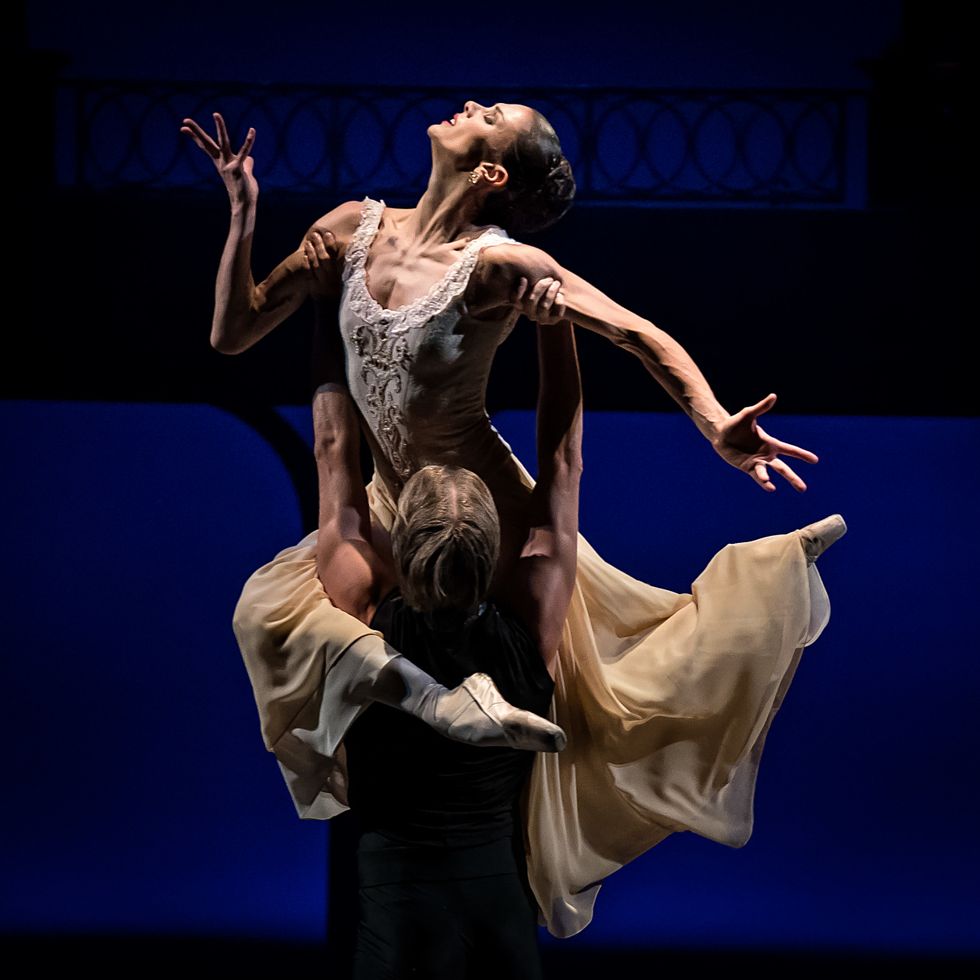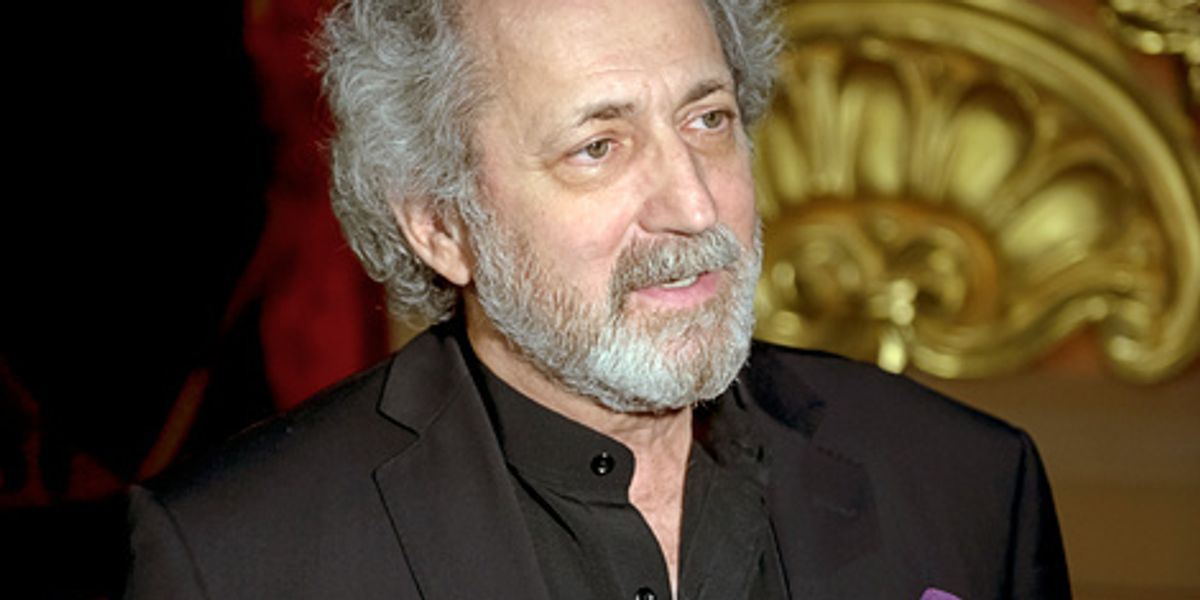What Boris Eifman Has To Say About Russia, Balanchine & Getting People To Turn Off The TV
In the 1970s, the Soviet government withdrew Boris Eifman’s passport and declared his work pornographic. Today, he has funding from the Russian government for a state-of-the-art school and a company that travels the globe for several months each year. Last year alone, Eifman Ballet presented six different programs on the Bolshoi’s historic stage.
What He Has To Say:
With Eifman’s Anna Karenina running at New York’s Lincoln Center this week, Dance Magazine asked him about how he became embraced by Russia, and his thoughts on performing in Balanchine’s house.
What Makes Eifman Ballet Different from Other Companies
“We synthesize the traditions of Russian ballet with modern technology and aim to create a ballet theater, not just dances set to music, but a theater, with actors, costumes, lights and beautiful sets.
“Nowadays it’s difficult to encourage people to turn off the TV, spend money and go out. The desire to experience human emotions that the theater provides incites people to do that. We give the public those emotions through the language of the body.”

Boris Eifman’s Anna Karenina. Photo by Souheil Michael Khoury, courtesy Ellen Jacobs Associates
How He Describes His Style
“I aspire to Russian psychological drama, that’s what I want to create. I can’t categorize my style; my work can be pure neoclassical tomorrow, and the next day something completely different.
“It doesn’t matter what language the choreographer uses; it’s how he uses it. What you want to say and how you create it is the most important thing. Quality has meaning; the particular technique doesn’t.”
Dancing for Americans Vs. Russians
“There’s no big difference. The public accepts us in both places. If politics or religion separate people, then the language of dance unites people and brings them closer together.”
How He Eventually Became Embraced by Russia
“For the past 40 years, I’ve worked on creating a new ballet repertoire that’s in demand. Marius Petipa created his ballets in the Mariinsky Theatre, they thrived there. Yuri Grigorovich created his works at the Bolshoi, and the Bolshoi blossomed under him.
“Now we’re in the 21st century. The Eifman troupe has created its own repertoire which is connected, on the one hand, with both Petipa and Grigorovich, but it’s a completely 21st-century troupe which meets the requirements of modern viewers, technology and theaters.
“Russia needs development now, and ballet gathers people together throughout the world. This is important for our art and our country. Our government supports my theater and our school both morally and financially, but I’m fully free to create what I want and that’s a nice privilege.”
The Pressure of Performing in the House of Balanchine
“I really love Balanchine. At our academy, we have a huge sculpture of Balanchine in the hallway.
“I differ in my style from Balanchine, but we also have a lot in common. Both of us try to unite Russian classical traditions with new creations. If Balanchine focuses on expressing music through movement, I try to go a bit further and also express what emotions push people forward. I’m interested in relationships between people on stage.”
Next Year’s Performance Plans in the U.S.
“I’ll bring a new work, but I don’t have a name for it yet. It will be different from my previous works which are tragic and philosophical—it will be a comedy.”




